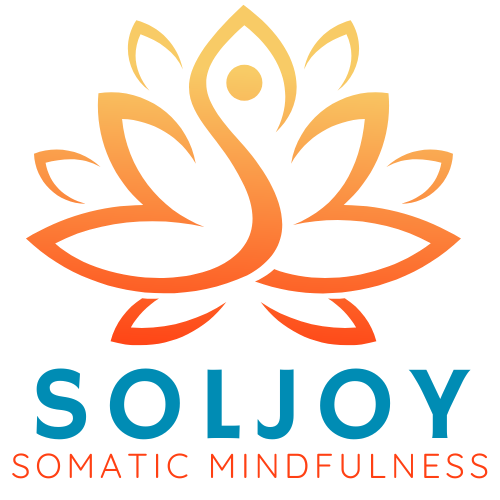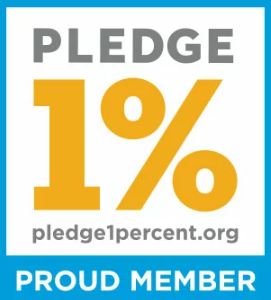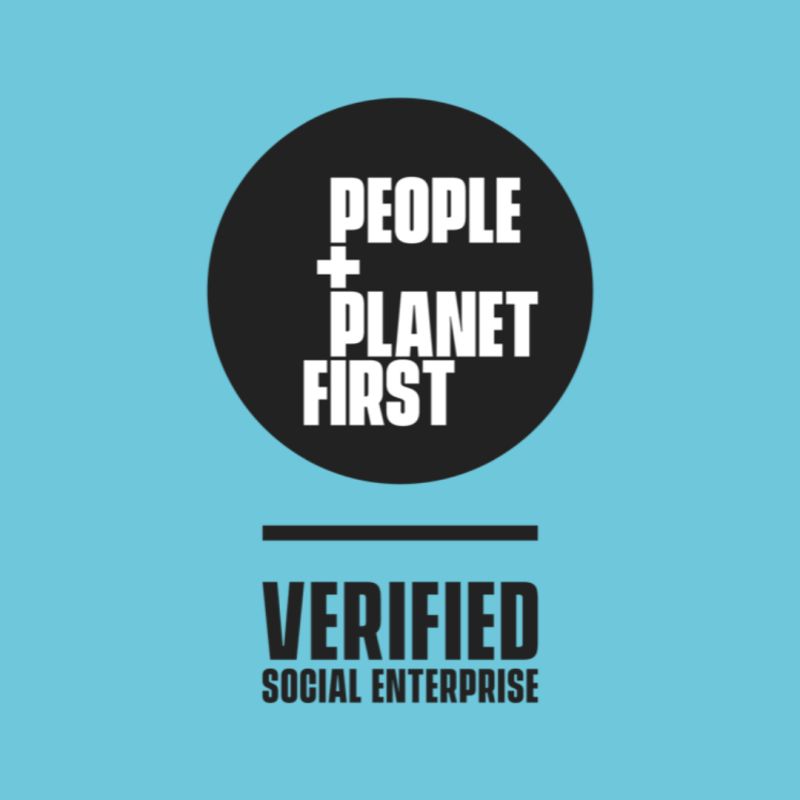
Learn 3 Paradigms that help you stay calm, grounded, and resilient—no matter what.
What causes leaders to feel pressure? For many, it’s growing responsibilities, being spread too thin, or not having enough support. At home, pressure may come from tension in relationships. There’s an unmet expectation or thwarted intention with a partner, spouse, or friend.
There’s no escaping pressure. Instead, we have the power to choose how we respond amid the pressures. This is where finding peace under pressure as a leader comes in.
Here are 3 paradigm shifts I’ve discovered in working with clients to find peace under pressure:
1. Make peace a habit, not a destination.
In preparing for the inaugural Finding Peace: Korean Heritage Night, I kept asking myself “What would peace do?” A couple of situations with closer relationships blindsided me. This was amid already mounting pressure and unexpected stressors in organizing the event.
In those moments, my reaction was to call it quits and walk away. Remove myself from the scene and any future potential pain that what I already found myself in.
Instead, I asked, “What would peace do?” I returned to my breath. Focused on the physical sensation of my nostrils, and practiced anapana-sita. In the pali language, this means “Awareness of respiration.” By observing my breath I was able to feel all the emotions swirling in my body, the heat, tension, and burning.
Locating the feeling in my body, observing it, then returning to my breath allowed me to remain calm in the emotional chaos. Then I could take action with a balanced mind.
Being able to focus on breath is simple, but not easy to do in the moment. Through consistent daily meditation I was able to access this practice. Even when my brain felt hijacked by the amygdala’s reaction to survive.
What started off years ago as 15 minutes a day of meditation 3-5x/week grew to now 1-2 hours of meditation daily. This practice because easier to fit into my schedule once I realized how much more productive and clear minded I become. Decisions become quick and easy.
You can start small. Take baby steps to continuously progress on your meditation practice.
2. Differences Unite Us, not Divide Us
I grew up as a token asian in all white communities. Trying hard to assimilate into white American culture, I wanted to feel belonging.
No matter how hard I tried, I always stuck out. Not just in my appearance, but also as a high achiever. At that time, I dimmed myself down to feel accepted.
I started accepted my differences instead of hiding them. My courage grew to boldly celebrate those differences in public.
As social artist Michael Franti says, “Consider that differences don’t divide us. Differences are what unite us.” Think about that. Differences are what unite us.
What new actions could you take with that perspective?
Anytime there is tension from a situation or within your body, ask yourself, “In what way can this difference (conflict) unite us or the situation?” That’s an inquiry worth having.
3. Rest is More Productive than Working Harder
Knowing when to rest is the art of relaxation and by far the hardest non-action for high achievers to follow.
Consider relaxation is a leading trait for high performing leaders, athletes, and creatives. It’s also the most underutilized tool or practice.
In my TEDx talk Burnout to Brilliance, I share a story of the secret sauce behind why a top performing Cambridge rowing team won year over year. He revealed that between strokes, they maximize resting. So that by the time they hit the final stretch, they have more energy to power through the finish line.
Winning the race in life, at work and home, is not much different. When you can build in times to rest you are bound to be successful at mastering relaxation. For example, you can block out week long vacations every quarter. Go offline one day a week. Take a nap or rest the body each day. Or take a few moments to breathe between tasks.
The hustle and grind culture prevails in business, non profits, and even at home. Industrious productivity at all costs! We have normalized burnout as the status quo. Meanwhile, our bodies are revolting.
Not listening to our bodies leads to chronic anxiety, sickness, or angry outbursts. Yet we continue to overload our brains and bodies with more information and work.
Instead, what if you could start with being curious. Ask yourself “What would mastering rest look like for me?”
Perhaps you start by giving yourself permission to nap midday. Or designating one day for all your meetings o allow for longer buffer days. Or it might look like setting emotional boundaries in relationships.
Keep inquiring and letting your brain figure out, “What does more rest look like for me?” and discover what works for you. Once you figure out what’s working or not, create a custom habit tracker of one to three habits to integrate over 30-90 days.
Now What?
Making peace a habit, uniting through differences, and mastering rest are guides on your journey of sustainable wellness. By living from the context of these paradigms, you’ll be able to lead beyond fears much more easily and readily.
Especially as front line leaders, it’s critical now more than ever to recharge your own battery first before serving others. In doing so, you’ll better serve both your own mind, body, and spirt and your community.
Those who get ahead have learned to master self care. In doing so, they make a much greater impact not just in the world, but in the universe within towards global enlightenment.
Take the Next Step
Take the 5 Day Boost Your Energy Challenge here.
——-
Anna Choi is an Author, TEDx speaker, and Founder of SolJoy, where she helps female founders and high-performing leaders 40+ feel more vitality to look and feel 20 years younger. At 40, she became a Taekwondo Black Belt, Certified Qigong Energy Master, and Performance Artivist teaching thousands of global students—from 7 figure CEOs, NFL players, Harvard neuroscientists, and platinum artists to King County government employees, teachers, parents, and students. She distills ancient wisdom into modern day somatic practices of movement, mindfulness, and meditation.
She loves cooking vegan Korean meals, singing and songwriting on the piano, hip hop dancing, or relaxing in nature. Her proudest accomplishment is water birthing her son Eli, now a teen. She’s married to her sweetheart Leo of 21 years living off Miller Bay in Poulsbo, WA with their cat Max.
If you want to look and feel 20 years younger, book a discovery call here.






